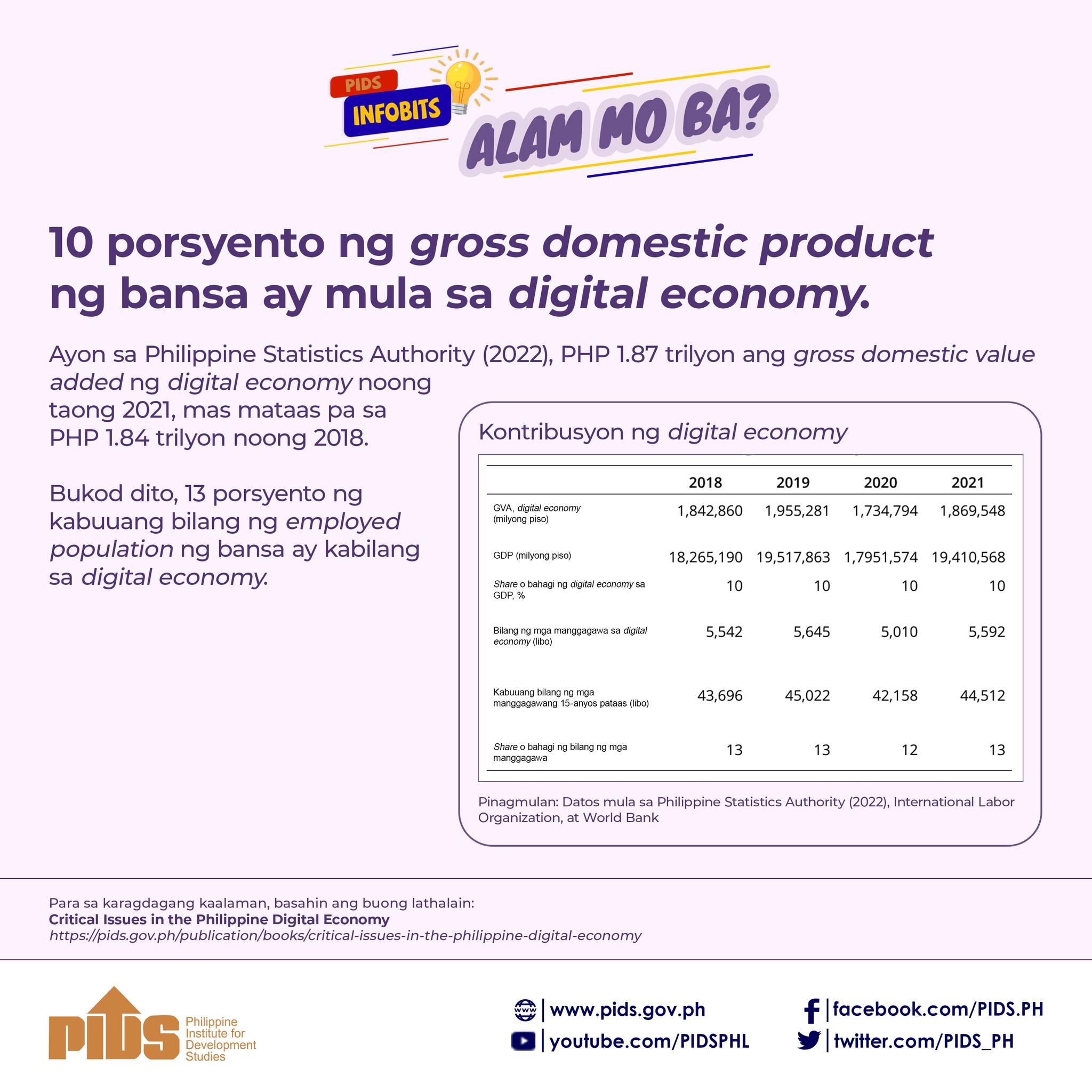MANILA - Private consumption and state spending will continue to drive the Philippine economy this year, but these are still not enough to meet even the lower end of the government’s growth target, the Philippine Institute for Development Studies (PIDS) said yesterday.
The state think tank also flagged several risks to the economic outlook, but highlighted strategies for the economy to expand seven percent beyond 2015.
The economy is seen to grow 6.8 percent this year, PIDS senior research fellow Dr. Adoracion Navarro said during the agency’s seminar forum "The Philippine Business and Economic Outlook for 2015 and Beyond” in Makati City.
"The biggest drivers for growth will be private and government consumption,” she said.
The state think tank’s forecast is a tad lower from the official target range of seven to eight percent this year.
Last year, gross domestic product (GDP) grew 6.1 percent, slower than the previous year’s 7.2 percent.
Among the risks PIDS highlighted for the economy is the decline in government revenues.
This is attributed to the lower oil importation, tax exemptions on de minimis benefits and productivity bonuses of workers and higher tax exemption ceiling on the 13th month pay, Navarro said.
"This has serious implications on government spending for infrastructure and social services,” she noted.
While the Philippines exhibited resiliency when the US Federal Reserve announced it will start easing its multi-billion dollar bond purchases in 2013, the PIDS still counted equity price risks and capital outflows among threats to economic outlook.
It also stressed that the long problem in infrastructure, weakness in exports and the impact of the El Nino phenomenon are among the major risks this year.
In her presentation, Navarro did not discount the fact the Philippines could sustain a seven percent growth beyond 2015 by working on several policy responses.
Among the policy responses recommended by the PIDS include ensuring the reliability of power supply and transport infrastructure, facilitating the transmission of resources from the financial to the real estate sector and closely monitoring regional and global developments.
Navarro also stressed that the Philippine government should take steps in narrowing down the saving-investment gap.
Mobilizing long-term capital could be done through massive market research and project development under infrastructure and agribusiness at the local government level, she added.//
PIDS flags risks as economy seen to miss growth target












